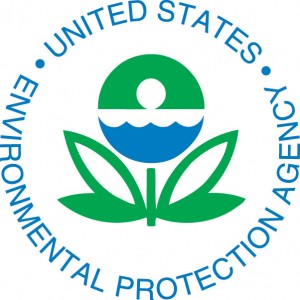by IBD Staff Editorial • Investor’s Business Daily
 The only thing more outrageous than the EPA’s release of three million gallons of toxic waste into Colorado’s Animas River has been its cavalier response to the disaster in the days since.
The only thing more outrageous than the EPA’s release of three million gallons of toxic waste into Colorado’s Animas River has been its cavalier response to the disaster in the days since.
On Sunday night, EPA regional director Shaun McGrath told a town hall meeting in Colorado that the EPA would “hold ourselves to the same standards that we would anyone that would have created this situation.” Right.
This is an agency that will aggressively fine businesses, municipalities and anyone or anything else for even the slightest violation of its ridiculously strict standards, but that will face zero fines for its own environmental catastrophe.
It’s an agency that claims that even the tiniest levels of pollutants are extremely hazardous, yet has been busy downplaying the damage after its own incompetence caused the release of millions of gallons of toxic waste.
A few hours after the spill, an official EPA statement described it as nothing more than a “pulse” that had “dissipated in about an hour.”
Previous pollution had already killed off most fish in the Animas, it said, so there was no real risk to wildlife.
The agency didn’t even bother to notify New Mexico officials until almost 24 hours after the breach about the menace heading their way.
In the days following, EPA officials kept telling the public that no health hazard had been detected and that there was no threat to drinking water.
As late as Monday, McGrath was still saying he couldn’t give an assessment of potential harm to people.
He couldn’t? The EPA allows only minuscule amounts of these same metals in the air and water because it thinks they are so harmful.
The “safe” level for arsenic in drinking water is a tiny 10 parts per billion. Its hugely expensive mercury and air toxic rule was designed to get coal and oil plants to cut already tiny emissions of mercury, cadmium and other such pollutants.
Yet tests have shown lead spiking at thousands of times higher than government-approved levels, arsenic at 800 times and extremely high levels of beryllium, cadmium and mercury because of the EPA spill.
And the spill has affected seven water systems in New Mexico and Colorado — where the EPA is now delivering bottled water.
When it comes to pollution, the EPA appears to have one set of rules for itself and another for everyone else.